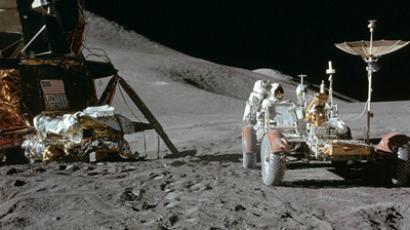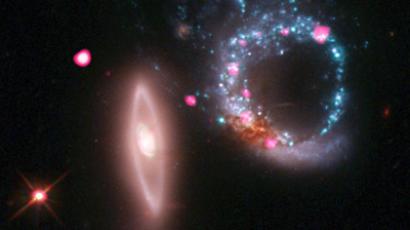NASA probe detects third radiation belt around Earth
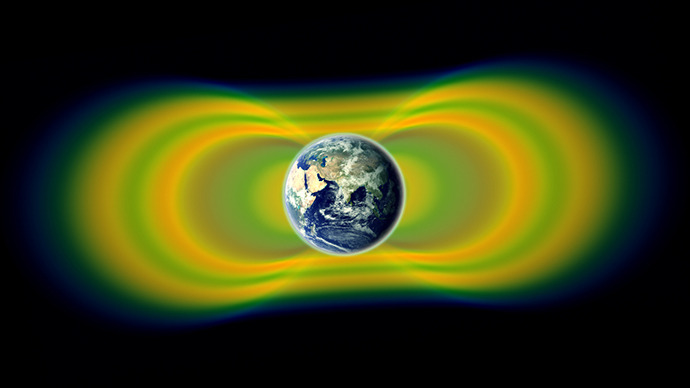
Scientists assumed that there were only two radiation rings around the Earth, but a recently-launched NASA probe has detected a new “temporary” belt. As radiation rings pose serious hazards, the finding have implications for future manned flights.
The third belt of radioactive energy particles was detected by the two Van Allen probes shortly after they were launched into space in August last year, and lasted for nearly a month.
But the discovery may have been made more by chance than by
intention.
NASA activated the probes months earlier than expected, to overlap another similar mission that was ending, and within a day noticed a third belt forming between the two well-known ones.
"We started wondering if there was something wrong with our instruments. We checked everything, but there was nothing wrong with them. The third belt persisted beautifully, day after day, week after week, for four weeks," said Shri Kanekal, the deputy mission scientist for the probes at NASA's Goddard Space Flight Center.
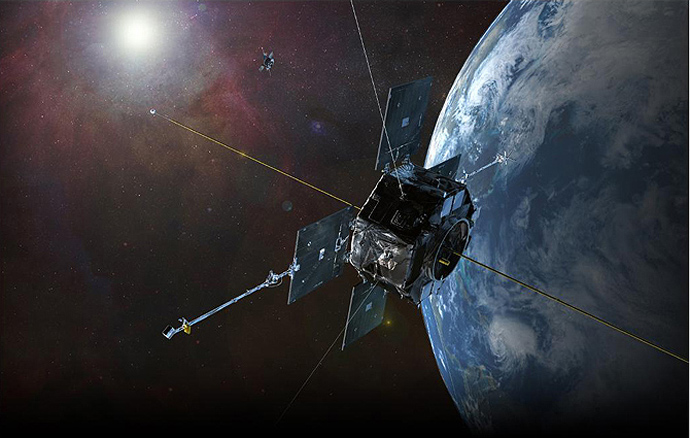
Van Allen radiation belts were discovered back in 1958, by the first US satellite Explorer 1, and named after the scientist who put Geiger counters on the space vessel, in the hope of finding them.
The Van Allen belts are pulled in by the Earth’s gravity. The inner one is created by the collision of cosmic rays from outside our planetary system colliding with the Earth’s atmosphere, while the outer one is created by solar wind – elements that are released by the Sun.
Understanding them is key not just in theory, but for manned missions. The belts emit radiation that is dangerous to crew members and equipment, and are subject to solar flares (sudden eruptions of energy from the Sun) and geomagnetic storms. Astronauts have to be shielded in special suits, while satellites and on-board devices get switched off when radiation gets too high.
The “third” belt appeared between the two existing ones (that start just 600 km above the surface of the planet, and can be as far away as 60,000 km) after a solar eruption blasted particles from the outer belt into a slot between the two belts at the end of August. Scientists had noticed particles in the area in the past, but never assumed they could be so numerous or structured. Four weeks later, another blast from the Sun destroyed the short-lived phenomena.
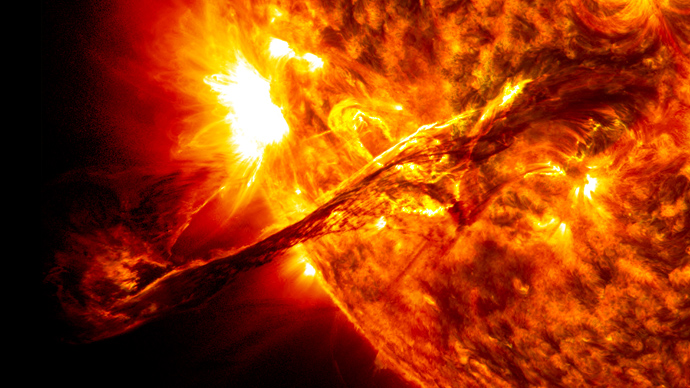
"The Sun giveth, and the Sun taketh away," said Nicola Fox, a deputy scientist on the mission, which published its results in the journal Science, this week.
The Van Allen probes continued to scan the previously murky belts all the way even simulating some cosmic phenomena with their on-board equipment, to see how the particles would react.
"There are a host of different processes that occur in radiation belts," Fox said. "What we do not yet know is why sometimes one is more dominant than another. It is like knowing all the ingredients but not the proportions."
A raft of other discoveries is expected to be published in the coming months.
And these particle donuts do not just envelop the Earth, but Saturn, Neptune, and other planets further away that may be destinations for future space travel.
"The same thing happening here is happening everywhere. We
thought we knew the radiation belts, but we don't,” said
Fox.













